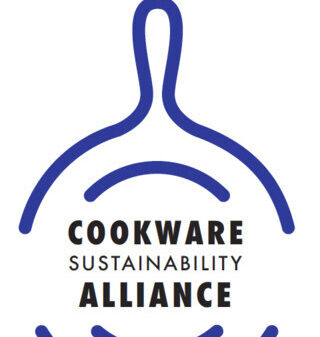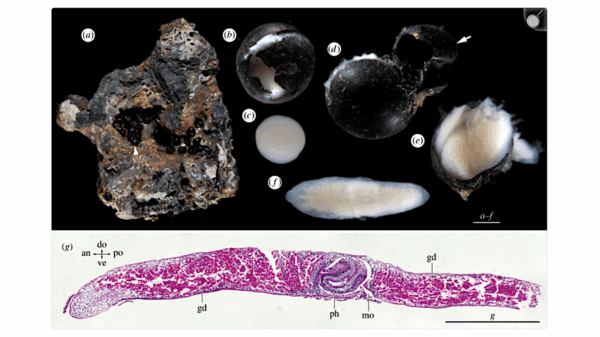New strategies may offer hope for patients with non-small cell lung cancer (NSCLC) who do not respond to traditional immunotherapy. According to Hossein Borghaei, DO, MS, recent advancements such as JAK2 inhibitors, bispecific antibodies, and innovative cancer vaccines could lead to breakthroughs in treatment. During his presentation at the 26th Annual International Lung Cancer Congress, Borghaei emphasized the need for novel approaches, particularly given that standard-of-care treatments have not yielded improved outcomes in patients experiencing disease progression after immunotherapy.
Borghaei, who leads the Division of Thoracic Medical Oncology at Fox Chase Cancer Center in Philadelphia, shared insights from several clinical trials. He noted that phase 3 studies, including the Pragmatica-Lung Study (NCT05633602), have shown limited success. This study examined the combination of ramucirumab (Cyramza) and pembrolizumab (Keytruda) versus standard-of-care for patients with stage IV or recurrent NSCLC. Results presented at the 2025 ASCO Annual Meeting indicated no significant improvement in overall survival for the combination therapy when compared to standard treatments (HR, 0.99; 95% CI, 0.81-1.22; P = .46).
Borghaei remarked, “The OS in this study wasn’t that much better in the investigational arm versus SOC chemotherapy; perhaps this isn’t a good approach.” He pointed to emerging data from the phase 3 HARMONi-A Study (NCT05184712), where a novel PD-1/VEGF bispecific antibody, ivonescimab, combined with chemotherapy showed enhanced progression-free survival (PFS) in patients with nonsquamous NSCLC. In this trial, those treated with the combination (n = 161) achieved a median PFS of 7.1 months, compared to 4.8 months for the placebo group (HR, 0.46; 95% CI, 0.34-0.62; P < .001). “The efficacy signal is strong,” Borghaei stated, acknowledging that the study involved a different patient population, specifically those with EGFR-positive disease. He believes that the combination of bispecific antibodies could be a significant step forward in treating tumors commonly considered "cold" and molecularly driven. Further exploring potential treatments, Borghaei discussed a phase 2 study (NCT03425006) that investigated the use of JAK inhibition alongside anti-PD-1 therapy for treatment-naive metastatic NSCLC. In this trial, patients with tumor PD-L1 levels of at least 50% who received pembrolizumab with the selective JAK1 inhibitor itacitinib (n = 21) demonstrated a 12-week overall response rate of 62%. With a median follow-up of 27.6 months, the median PFS reached 23.8 months, showcasing the potential effectiveness of this combination. Borghaei remarked, “These data show that if you time the administration of the JAK inhibitor after priming the immune system with the checkpoint inhibitor, you can have a clinical benefit.” In terms of cancer vaccines, Borghaei highlighted promising developments. A phase 1 trial (NCT04911166) assessing intratumoral adenovirus–IL-12 combined with atezolizumab (Tecentriq) found it to be safe and effective for patients with metastatic NSCLC who experienced disease progression. At a median follow-up of 22 months, patients in this study achieved a disease control rate of 50% and a median PFS of 2 months, with a median overall survival of 10.5 months. Moreover, the therapeutic cancer vaccine OSE2101 is currently under evaluation in a phase 3 study (NCT06472245) against docetaxel for patients with metastatic NSCLC who have secondary resistance to immunotherapy. This trial, which is actively recruiting in North America and Europe, aims to establish overall survival as its primary endpoint.
Borghaei stressed the importance of these ongoing studies, stating, “These are going to be important studies for us to pay attention to because they could offer a potential step forward.”
As he concluded his presentation, Borghaei reiterated the potential of bispecific antibodies in overcoming resistance to immunotherapy in NSCLC. “I believe something happens biologically when you engage multiple tumor antigens. Bispecifics could change the calculus,” he noted. He expressed optimism that as researchers learn more about how these drugs work and identify the right targets, they could significantly improve treatment outcomes.
Findings from a phase 1a/1b study (NCT05460767) indicated that treatment with the first-in-class PD-1/IL-2 a-bias bispecific antibody IBI363 led to encouraging responses in patients with advanced NSCLC who had previously received immunotherapy. Among patients with nonsquamous disease receiving IBI363 at 3 mg/kg (n = 31), the median PFS was reported at 9.3 months, and the 12-month overall survival rate was 70.9%.
Borghaei’s insights reflect a growing interest in innovative therapeutic approaches for NSCLC, particularly for those patients facing challenges with current treatments. As the landscape of lung cancer treatment evolves, these developments could represent crucial advancements in patient care.


































































